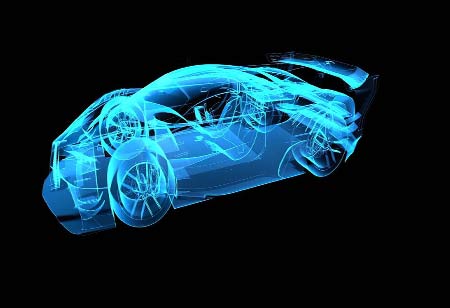Thank you for Subscribing to Auto Business Outlook Weekly Brief
Major Advantages Of Robots In Automotive Manufacturing
Robots should cooperate with management and welding robots to make such production lines function properly.

By
Auto Business Outlook | Wednesday, October 26, 2022
Stay ahead of the industry with exclusive feature stories on the top companies, expert insights and the latest news delivered straight to your inbox. Subscribe today.

Collaborative robots are organized to function together with other robots on giant assembly lines. Robots should cooperate with management and welding robots to make such production lines function properly.
Fremont, CA: The automotive manufacturing industry has been the fastest to embrace industrial robotics technology. Robots are employed in almost all parts of automotive production in one way or another, and it is deemed one of the most favorably automated supply chains in the globe now.
The following are the top applications of robotic automotive manufacturing:
Collaborative Robots
Collaborative robots are created to function together with other robots on huge assembly lines. Robots should band between handling and welding robots to operate such assembly lines properly.
Robotic Assembly
Smaller components, like pumps and motors, are made at high speed by robots in numerous automotive plants. Robots are often employed to conduct windshield installation and wheel mounting.
Robotic Painting
It is hard to find professional painters as the job is a very risky one. Hence robots are required, as they can be greatly consistent over a big area of paint, and lowering the amount of wasted material can preserve costs in the long run.
Material Removal
Robots are perfect for material deduction processes like trimming and cutting because of their high consistency and repeatability. This can include cutting fabrics, trimming plastic moldings and die castings, and even polishing molds.
Accomplishing Dangerous Tasks
Flowing molten metal, shipping metal stamps, and loading and unloading CNC machines are risky tasks that a robot should finish. When done invariably and with little downtime, they can also be a significant source of productivity.
Robots have long been employed in the automotive industry. While they are now employed in different ways, the six applications referred to above are some of the most general uses of robotics in this industry.
Robotic Welding
Robotic welding has been the top application in the automotive industry for a long time, as all car needs a high number of welds before it is finished. Automation not just increases productivity but also supports making the best quality product.






